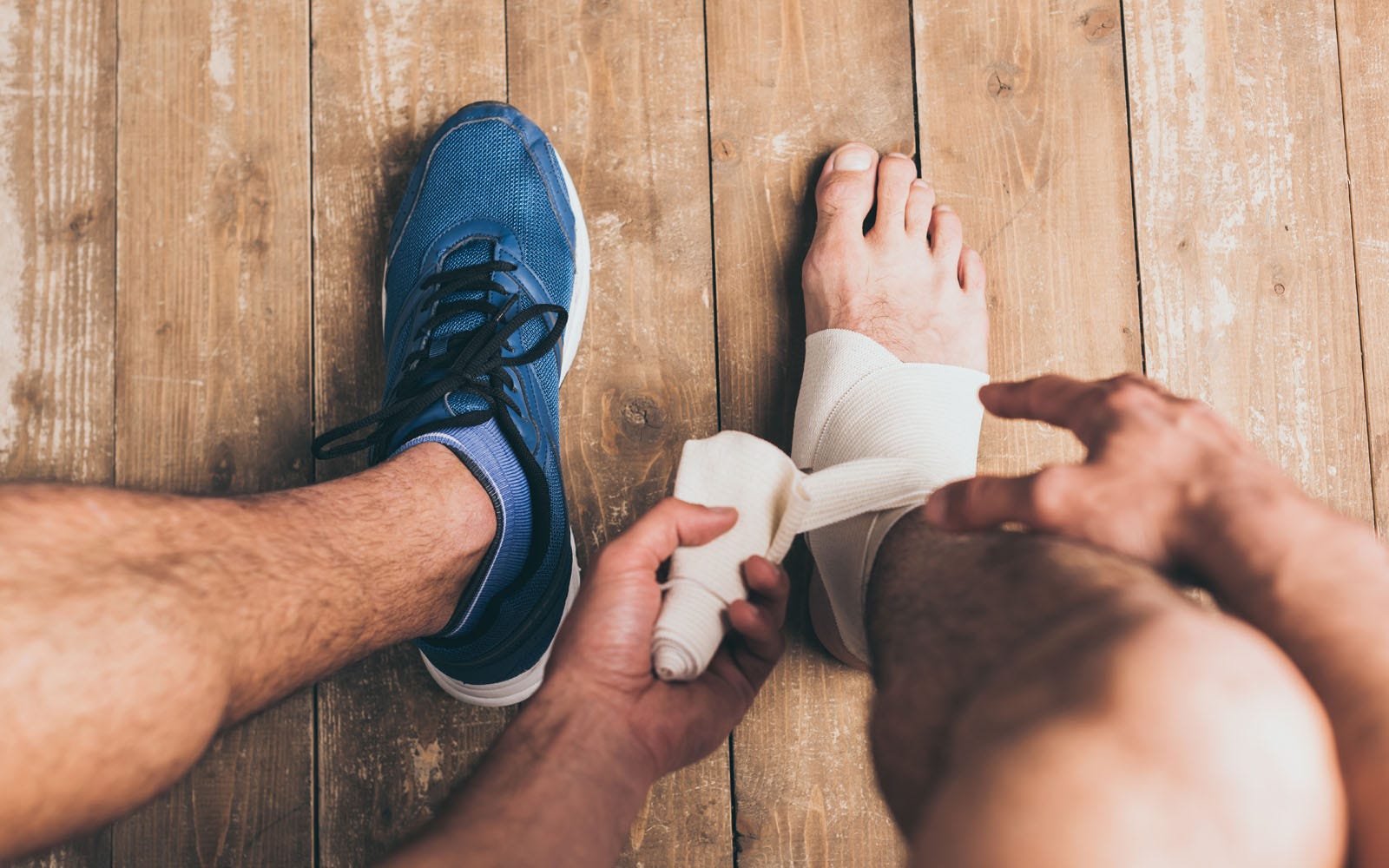Warts can be an unpleasant and embarrassing experience, especially for active young children who are often prone to them.
Many individuals with warts experience anxiety about spreading them to others. This can impact their comfort in social situations and may even lead to avoidance of physical contact or certain activities. You may be wondering: when are warts not contagious?
This is a common concern, and we're here to help you understand the transmissibility of warts, including the so-called water warts, and what you can do to manage warts until you can remove them properly.
How Warts are Spread
Before we explore when warts are not contagious, it's essential to understand what warts are and how they spread.
Warts are benign skin growths that appear when the human papillomavirus (HPV) infects the skin's top layer. While generally harmless, they can be unsightly and, in some cases, painful.
Warts spread through direct skin-to-skin contact or by touching an object or surface that a person with warts has touched.
It's worth noting that warts are not just spread from person to person, but also can spread to different parts of the infected person's own body. For instance, if someone with a wart on their finger bites their nails, they may develop warts around their mouth or on other fingers.
Unlike common and plantar warts, water warts, medically known as Molluscum contagiosum, are caused by a different virus - MCV.
Like HPV warts however, these dome-shaped, pearl-like warts can also be transmitted through direct skin-to-skin contact or by touching contaminated surfaces. Water warts commonly appear on children's bodies, especially those engaging in activities involving skin-to-skin contact.
To learn more about warts and what they look like, read our page, "What is a Wart?"
Despite their transmissibility, there are ways to manage warts. Many factors influence whether a wart will spread, including the type of wart, the immune system status of the person it comes into contact with, and the specifics of the contact.
So, let's delve into these factors to understand better when warts are less likely to be contagious.
When are Warts Less Likely to be Contagious?
Location matters: The location of a wart greatly influences its potential to spread. Warts on the hands, known as common warts, or those on the feet, known as plantar warts, can easily spread to other body parts or people through direct or indirect contact. However, if you maintain proper hygiene, covering the wart, and avoid picking or scratching them, the risk of contagion reduces significantly.
Personal hygiene is crucial: Maintaining high standards of personal hygiene can have a significant impact on reducing the risk of warts spreading to other people or other parts of your body. Regular handwashing and maintaining overall good hygiene can significantly reduce the risk of warts spreading to other people or other parts of the body.
Cover your warts: One practical way to reduce the spread of warts is to cover them with a bandage or clothing. This barrier can help prevent direct contact with the virus, reducing the likelihood of transmission to others. It's especially useful in communal or shared environments where you might come into contact with others, such as in the gym or during sports activities.
However, caution should still be exercised to prevent accidental contact or transmission. Remember, the cover is not foolproof, and the virus can potentially spread if the bandage or clothing becomes moist or is not changed regularly.
Boost your immune system: A robust immune system plays a vital role in the body's fight against HPV, reducing the likelihood of warts spreading. The immune system recognises the HPV virus as an invader and deploys cells to fight the infection. Over time, these cells can often eliminate the virus from your body, which may cause the warts to disappear.
Lifestyle choices significantly impact the strength of our immune system. A balanced diet rich in fruits, vegetables, lean proteins, and healthy fats can provide the necessary nutrients that your immune system needs to function optimally. Regular exercise aids in the circulation of white blood cells, allowing the immune system to detect and respond to threats more quickly. Adequate sleep allows the body to rest, repair, and rejuvenate, bolstering the immune response.
Understanding Dormant Warts
The human papillomavirus (HPV) that causes warts can live in your skin without causing any symptoms. This stage is often referred to as dormancy. Dormant warts, or the virus in a dormant state, is an important aspect of the wart life cycle that many aren't aware of.
When are Warts Dormant?
Dormancy can occur after an individual has been infected with the HPV virus. The virus might reside in the top layer of the skin without causing any visible signs like warts. This period of inactivity can last weeks, months, or even years. Essentially, the virus is ‘asleep,’ but under certain conditions, it may ‘wake up’ and trigger wart growth.
Are Dormant Warts Contagious?
One might assume that dormant warts aren't contagious since there are no visible warts present. However, there is a possibility of transmission, albeit considerably lower than when warts are visible. The HPV virus can shed from the skin even during its dormant phase and infect another person, particularly through a break in the skin.
Managing Dormant Warts
As the virus can still potentially spread during its dormant phase, it's crucial to continue practicing preventative measures. This includes maintaining good hygiene, using personal items responsibly, being cautious in communal areas, and maintaining a robust immune system through a healthy lifestyle.
Wart Removal Treatments
Even though most warts will disappear on their own, they can sometimes persist for years, potentially cause discomfort, or be located in inconvenient or sensitive areas, all while remaining contagious, so prompt treatment is always ideal.
To learn more about the risks of untreated warts, read our article, "What Happens When You Leave Warts Untreated?"
Several effective methods are available, such as cryotherapy (freezing), salicylic acid treatments, laser treatments, and minor surgery.
The ideal approach will depend on the type and location of the wart, as well as the individual's health status and personal preference. Consult a health professional to find a suitable treatment for you.
The more you know about warts, the better you can manage them. Remember, while warts can be contagious, with good hygiene practices, a strong immune system, and professional guidance when needed, they can be effectively controlled until you can remove them.
Explore our product page to discover effective, over-the-counter treatment options for warts.



